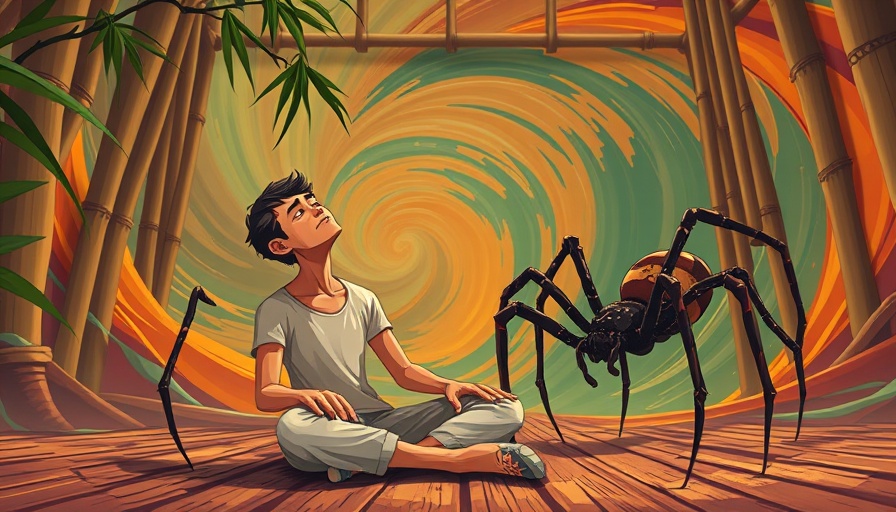
Embracing Coexistence: A Personal Journey into Fear
Fear often manifests in unique ways in our lives, from the universal fear of the unknown to the personal anxiety over specific phobias—like spiders. For me, a transformative experience happened in a remote forest in Bukidnon, Philippines, where I learned that fear doesn't always need to be banished, but rather understood and coexisted with.
Understanding Our Fears: The Story of the Spider
As I settled into a humble hut made of bamboo, I was greeted by the sight of a large, furry spider. My initial instinct was one of fear and discomfort. I thought of the societal norms that advocate for eradicating pests, driven by the desire for cleanliness and safety. However, the locals advised against removing it—“It lives there,” they simply said. This guidance opened my eyes to a different perspective on coexistence.
The Significance of Coexistence
My reluctance to embrace the spider came from deeper fears rooted in vulnerability, the unknown, and the loss of control. Slowly, I realized these fears were not just about this spider but extended to many aspects of my life: handling difficult conversations, facing uncertainties, and accepting failure. Coexistence, I learned, was not just about acceptance but about reframing how we perceive our fears.
Shifting Perspectives: Fear as a Companion
Rather than avoiding my fear, I began to sit with it, and it taught me invaluable lessons. I became aware of how often we try to control what we don’t understand, from our emotions to external circumstances. Yet, in staying present with discomfort, I discovered that my fears often had little to do with danger and more with unfamiliarity.
Lessons from Indigenous Perspectives
In Indigenous cultures, like that of the Lumad people, coexistence is a way of life. They view all elements of nature as sacred, with spirits residing in everything from trees to insects. This worldview emphasizes respect and acknowledgment over fear. Embracing this philosophy not only extends to our relationships with nature but also applies to how we handle moments of fear, uncertainty, and self-doubt.
Practical Insights for Healthy Living
Adopting a mindset of coexistence can enhance our approach to healthy aging. By embracing our fears and vulnerabilities, we not only lighten our mental load but also improve our emotional well-being. Practical tips for nurturing this coexistence include:
- Mindfulness Practice: Engage in mindfulness meditation to cultivate a sense of presence with your feelings without immediate judgment or reaction.
- Reflective Journaling: Write down your fears and your relationship with them. Explore the roots of these fears and challenge their validity.
- Community Engagement: Connect with people who inspire and support you. Sharing fears can often lessen their weight.
Emotional Resilience and Longevity
Understanding that acceptance of fear plays a crucial role in our emotional and mental resilience is vital for promoting long-term health and longevity. Allowing feelings of discomfort to settle and simply existing with them fosters emotional intelligence and reduces anxiety over time. As we learn to coexist with our fears, we open doors to greater emotional connection and self-acceptance.
Conclusion: Navigating the Web of Fear
Fear does not have to dictate our lives. By embracing a coexistence mindset, we learn to dance around our fears rather than allowing them to overwhelm us. This insight is crucial for adults looking to age healthily, both mentally and physically. When we treat our fears not as threats but as teachers, we foster resilience and a deeper connection to ourselves and our surroundings.
As we embark on our personal journeys of coexistence with fear, let us also commit to promoting healthy aging and living a vibrant life. Explore community resources, engage in local activities, and continue learning through each experience—life is enriched when we face its uncertainties together.
 Add Row
Add Row  Add
Add 


 Add Row
Add Row  Add
Add 


Write A Comment